Principles of Marketing: Coffee Connection Case Study Analysis
VerifiedAdded on 2023/04/21
|13
|887
|499
Case Study
AI Summary
This case study analyzes the Coffee Connection, a fictional coffee shop, focusing on its marketing strategies and target market. The analysis begins with the owner's vision for an ideal coffee shop, emphasizing a social environment. It then explores the global coffee market and details the segmentation of potential customers based on geographic region, demographics, and psychographics. The study identifies the best target segments for the Coffee Connection, focusing on behavioral and psychographic factors. It describes the coffee shop's product offerings, including coffee and complementary food items. The case study also examines key physical and service elements such as staff and storefront. Finally, it suggests advertising strategies, including storefront design and community outreach, and proposes changes such as limiting free internet, expanding seating, and adjusting coffee prices. The analysis concludes with a list of references used in the case study.
1 out of 13




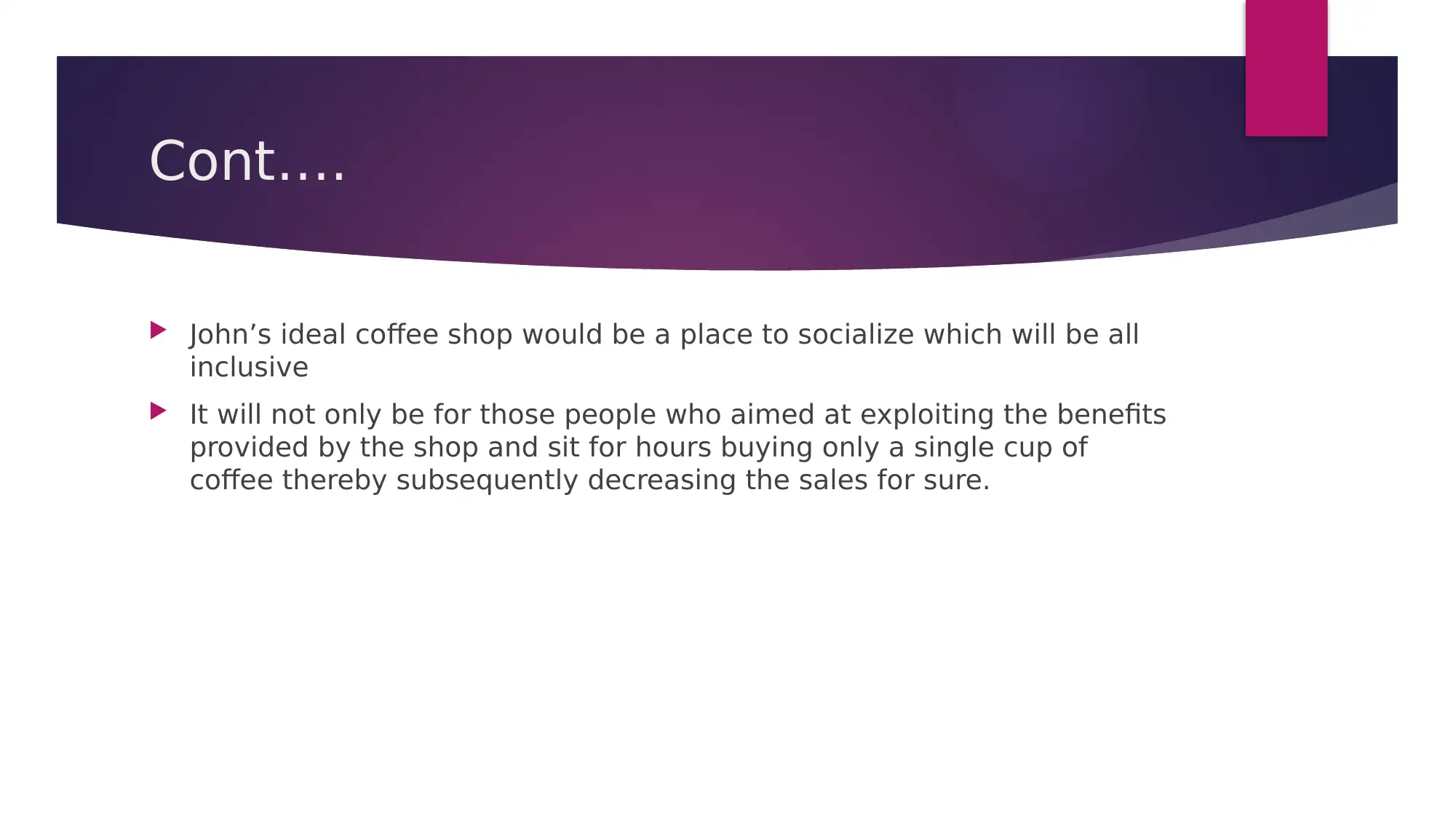


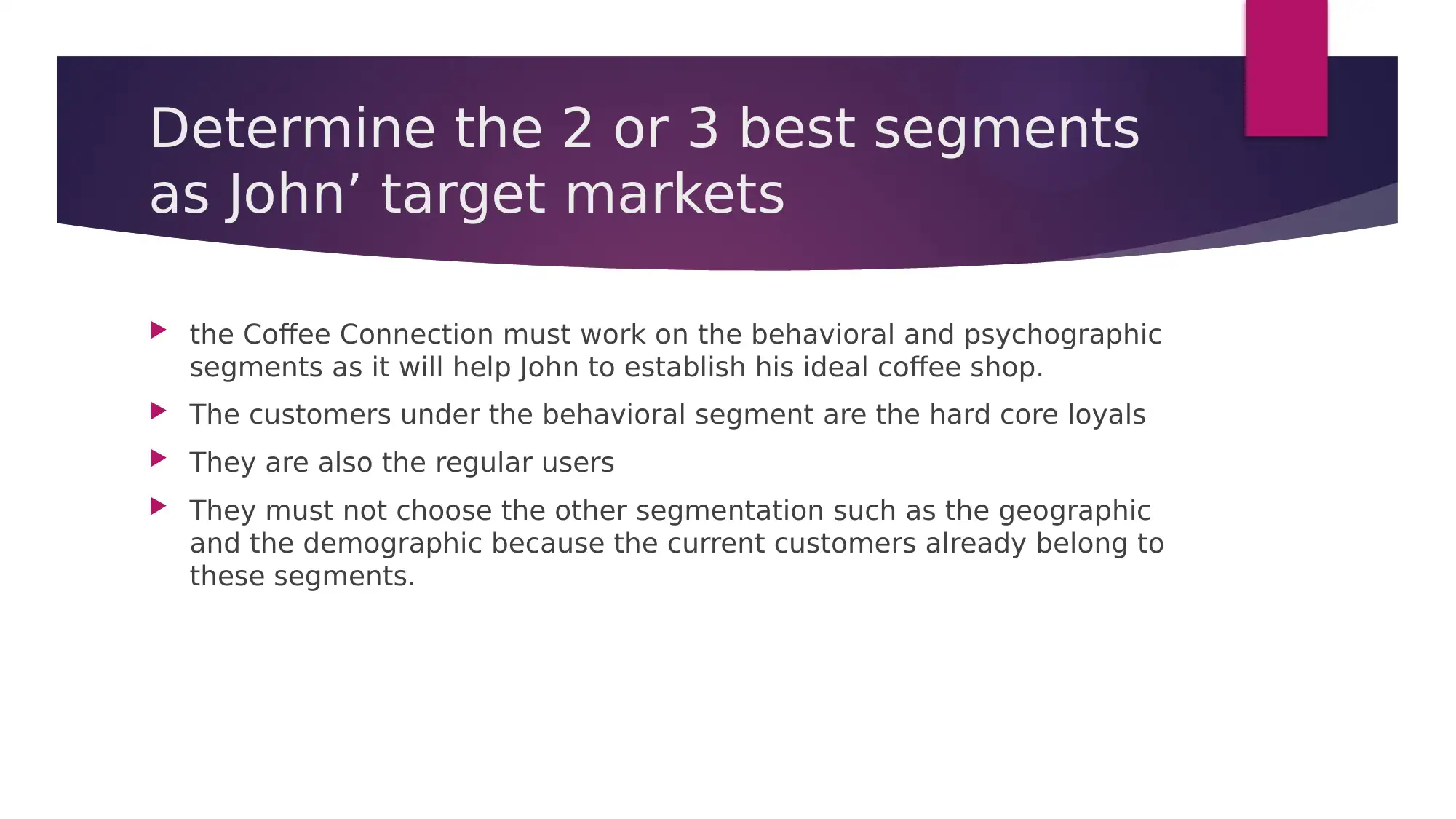

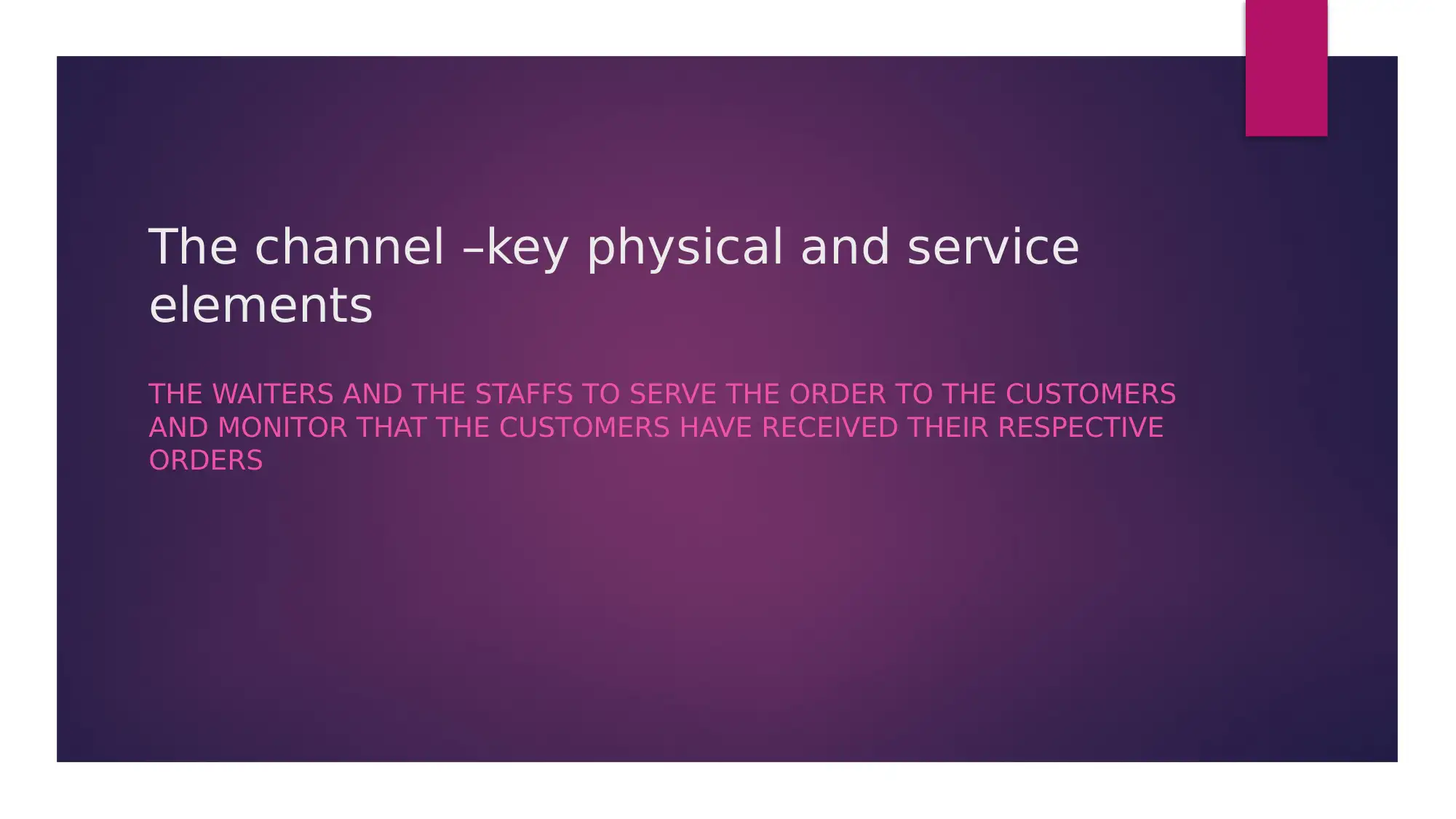
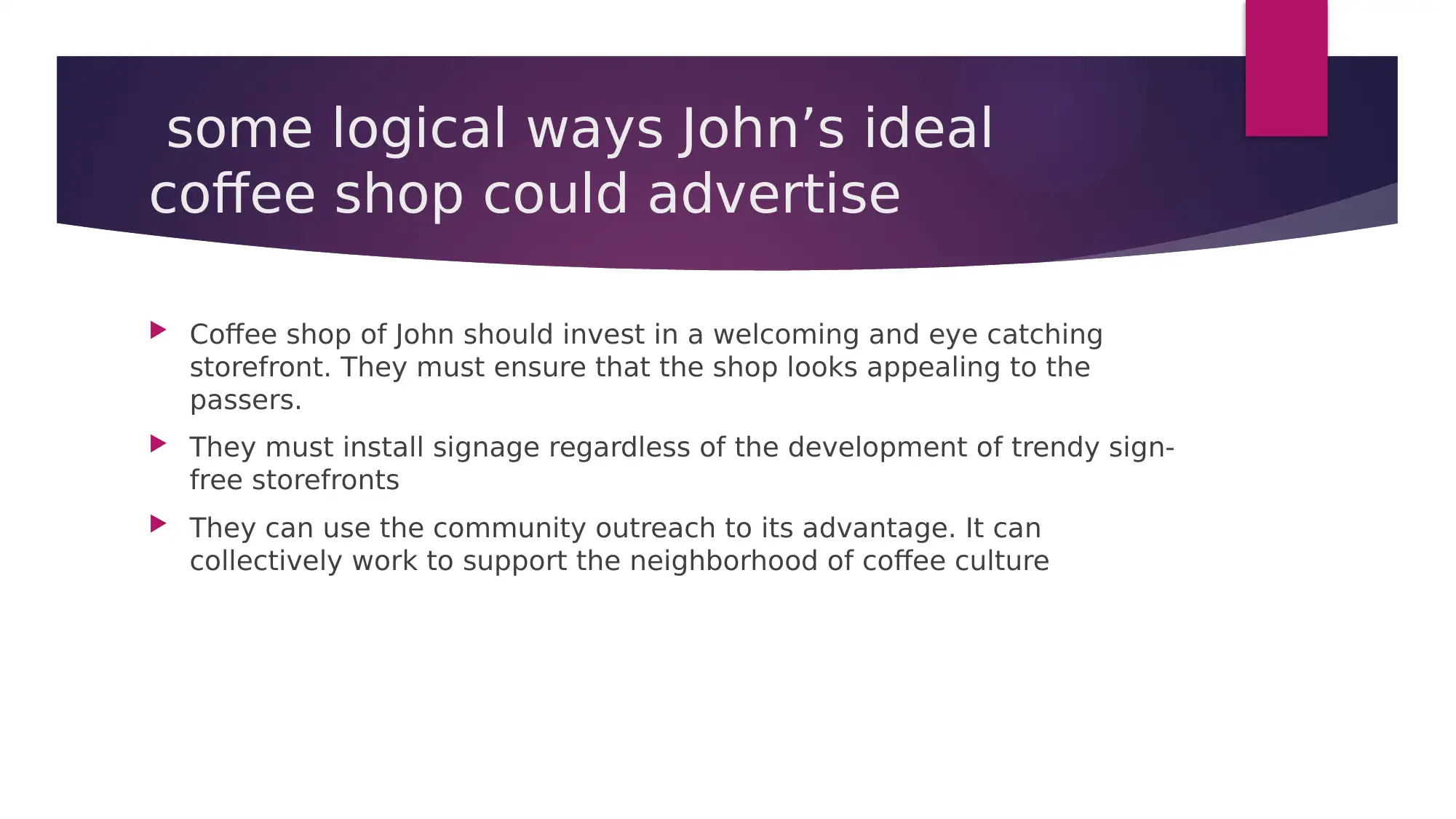
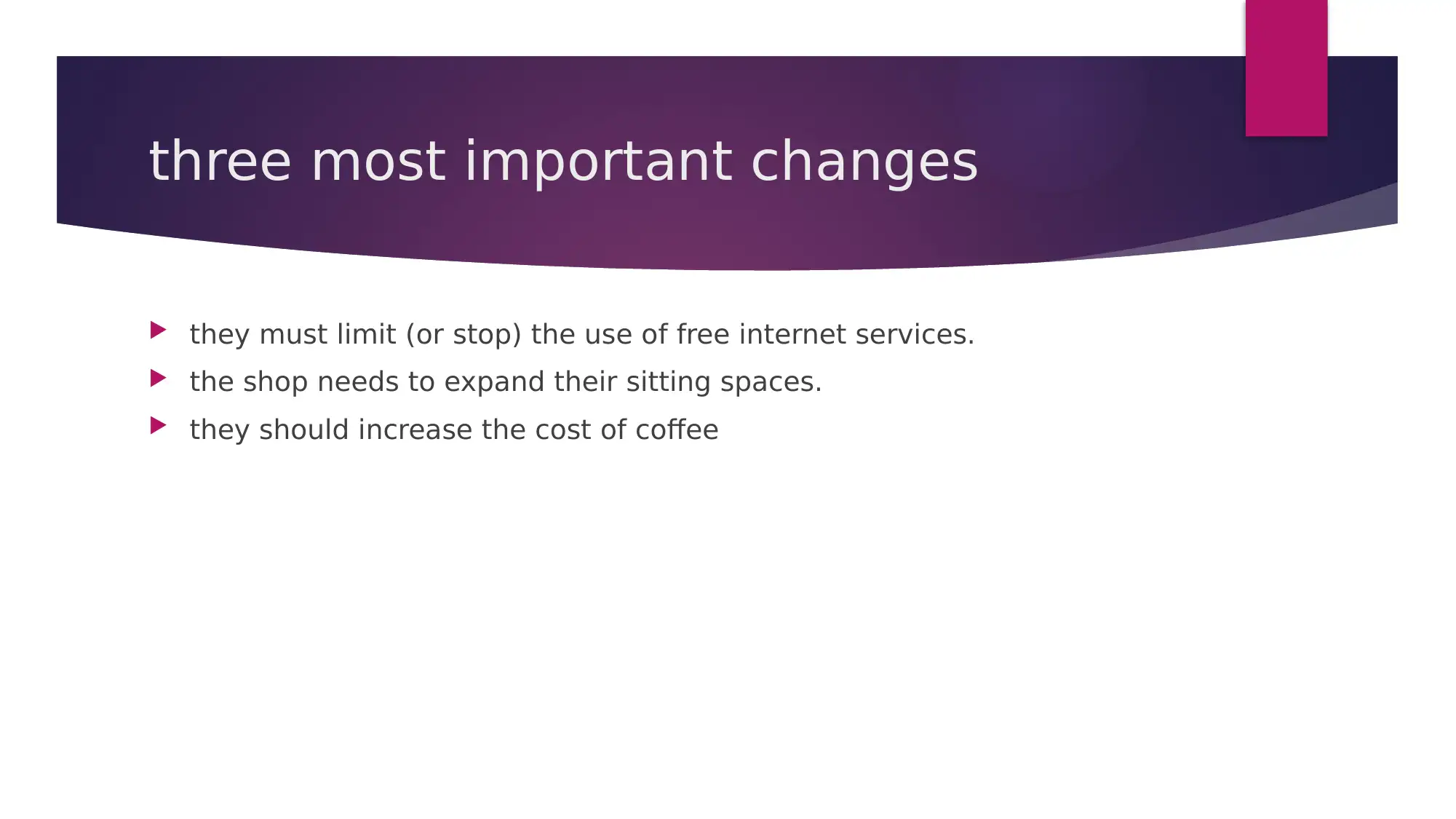







![[object Object]](/_next/static/media/star-bottom.7253800d.svg)